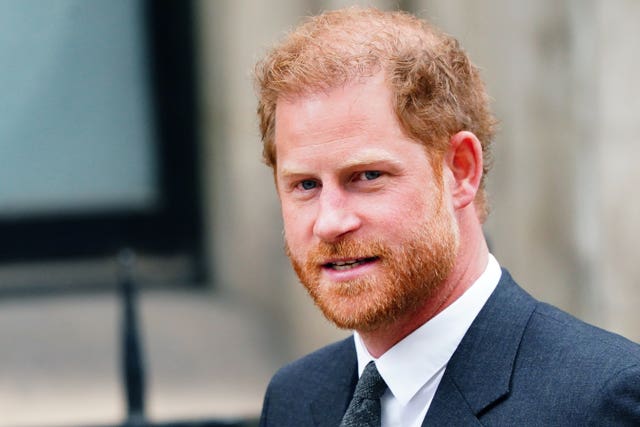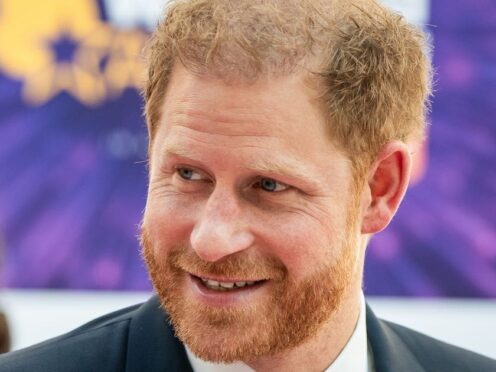The Duke of Sussex’s initial bid to bring an appeal has been refused after he lost a High Court challenge over a decision to change the level of his personal security when he visits the UK.
Harry took legal action against the Home Office over the February 2020 decision of the Executive Committee for the Protection of Royalty and Public Figures (Ravec) that he should receive a different degree of taxpayer-funded protection when in the country.
Ravec’s decision came as a result of a change in the duke’s “status” after he stopped being a “full-time working member of the royal family”, a judge was told.
In a judgment in February, retired High Court judge Sir Peter Lane rejected the duke’s case and concluded Ravec’s approach was not irrational nor procedurally unfair.
Following the previous ruling, a spokesperson for the duke said he intended to challenge the judgment, adding that Harry “hopes he will obtain justice from the Court of Appeal”.
On Monday, a judicial spokesperson said that Harry has lost his initial bid to appeal against the decision.
In the initial decision to refuse the duke the go-ahead to appeal, Sir Peter said Harry’s appeal bid was “largely a recapitulation of the case advanced by the claimant at trial”.
He continued: “The reality of the matter is that the claimant considers he should receive a different approach to his protection whilst in the UK than Ravec decided he should, based in part on his comparison of his own position with that of others. Ravec, as an expert body, concluded otherwise. It was entitled to do so.”
However, the duke is still able to ask the Court of Appeal directly for the green light to bring an appeal.
Separately, Harry has been ordered to pay 90% of the Home Office’s legal costs of defending his challenge.
In an order published on Monday, Sir Peter said that Harry should pay most of the Home Office’s legal costs, but said the government department had committed “breaches” during the legal battle which were “sanctionable”.

He continued: “They have resulted in the case being largely contested by reference to new grounds, which have not been subjected to the normal permission process.
“The breaches resulted from misapprehensions on the part of the defendant as to the duty of disclosure, which this decision has had to address at some length. It is, therefore, right that there should be a modest but still significant reduction in the award of costs to the defendant.”
The retired judge said the costs to be paid should be reduced by 10%, rejecting an argument from Harry’s lawyers that it should be reduced by at least 50%.
Sir Peter said: “There is no merit in this ‘partial success’ submission … The fact that the court did not accept each and every submission of the defendant as to the path to take towards dismissal of the claim does not alter the fact that the claimant comprehensively lost.”
In his 52-page partially redacted ruling dismissing the duke’s claim, Sir Peter said Harry’s lawyers had taken “an inappropriate, formalist interpretation of the Ravec process”.
He added: “The ‘bespoke’ process devised for the claimant in the decision of February 28 2020 was, and is, legally sound.”
Harry, who was not present during the hearing in December, lives in the United States with wife Meghan and their two children after the couple announced they were stepping back as senior royals in January 2020.
He returned briefly to the UK on February 6 without his family after making a transatlantic dash to be with his father following the shock news of the King’s cancer diagnosis.
